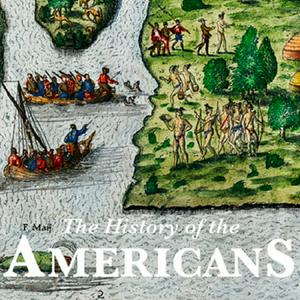Bacon’s Rebellion 1: The Case of the Repossessed Hogs
The year is 1675, and we are in Virginia. All kinds of social, demographic, fiscal, and economic pressures have been building for decades, and the common people are restive. There have been a string of small revolts and disruptions in the years since 1660, but they all failed for lack of effective leadership. The "masterless men" in the colony needed a leader, and the leader, when he arose, would need a cause.
Nathaniel Bacon, a ne'er do well son of a wealthy gentleman in English, would be that leader. He arrived in Virginia in 1674 with a fat bankroll, sent there by his father after he got in a scrape with the law. By 1675 he owned two plantations, one of them at the falls of the James River, just at the edge of Indian country.
The spark that would set off the chain of events that would lead to Nathaniel Bacon stepping forward as the leader of a rebellion would be the theft of some hogs by Indians in Northern Virginia who had been stiffed for payment in an ordinary trading transaction. The English colonials would blow their response, and blunder into war. Waging that war would be Nathaniel Bacon's cause.
Check out the new merch store!
X – @TheHistoryOfTh2 – https://x.com/TheHistoryOfTh2
Facebook – https://www.facebook.com/HistoryOfTheAmericans
Map of relevant indigenous nations c. 1675 (Credit Matthew Kruer) :
Selected references for this episode (Commission earned for Amazon purchases through the episode notes on our website)
Matthew Kruer, Time of Anarchy: Indigenous Power and the Crisis of Colonialism in Early America
Edmund S. Morgan, American Slavery, American Freedom
James D. Rice, Tales from a Revolution: Bacon's Rebellion and the Transformation of Early America
Wilcomb E. Washburn, The Governor and the Rebel: A History of Bacon's Rebellion in Virginia
Charles McLean Andrews, Narratives of the Insurrections, 1675-1690


